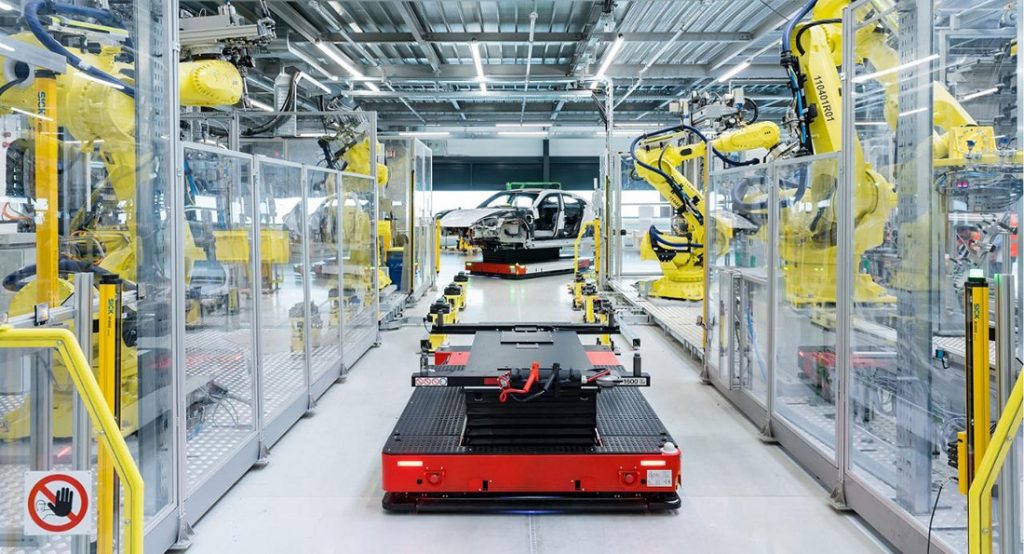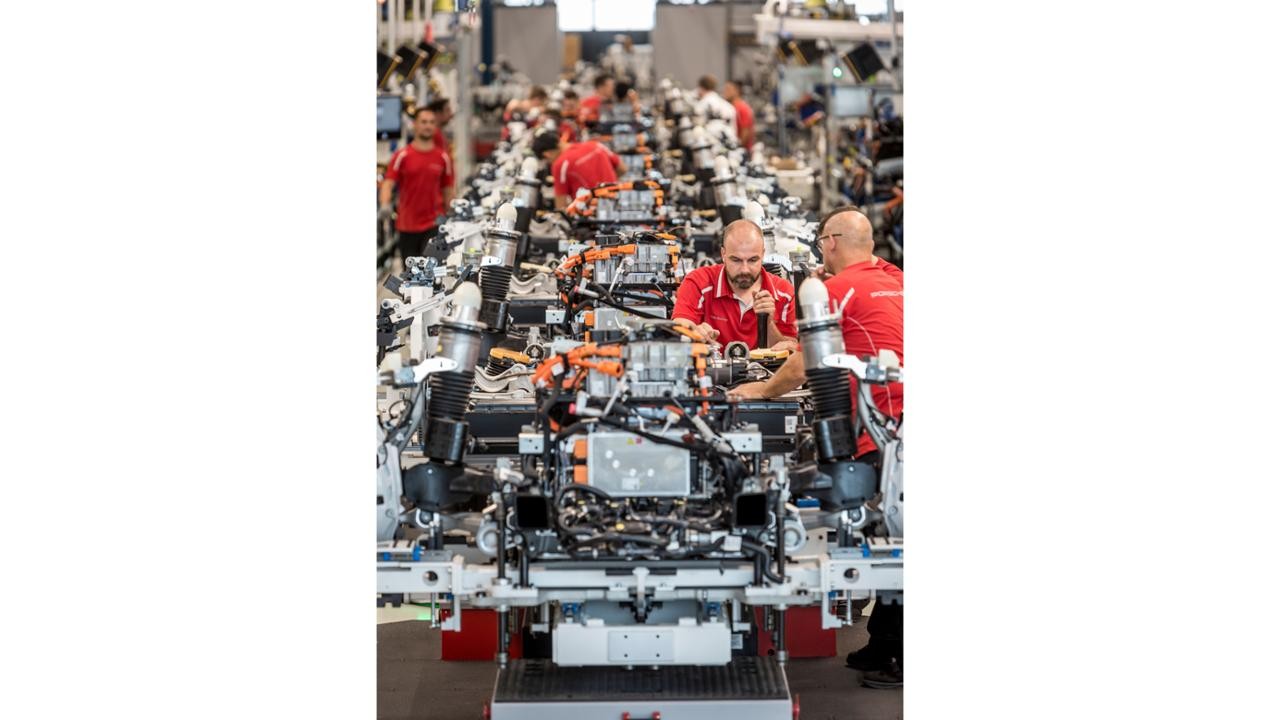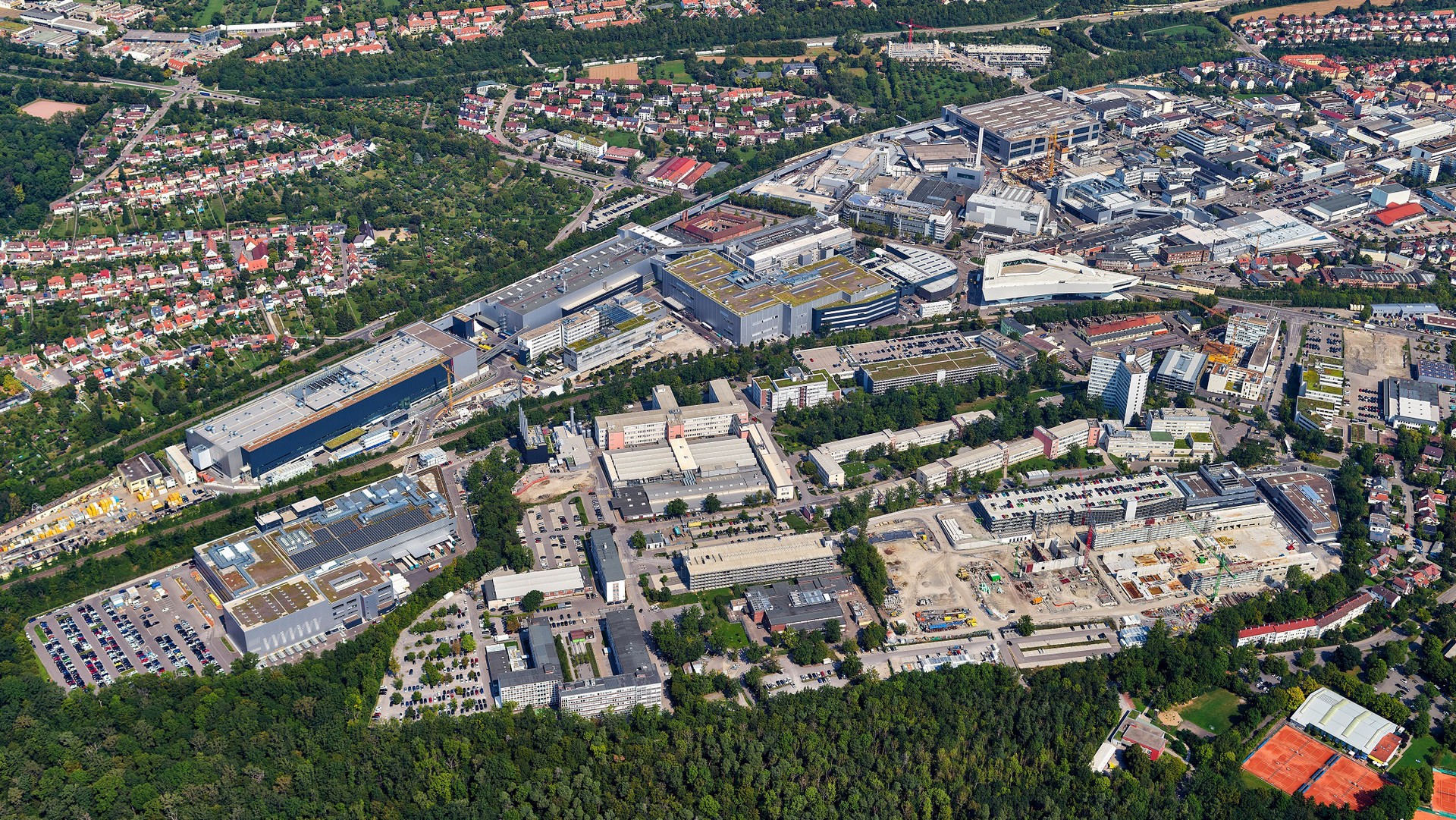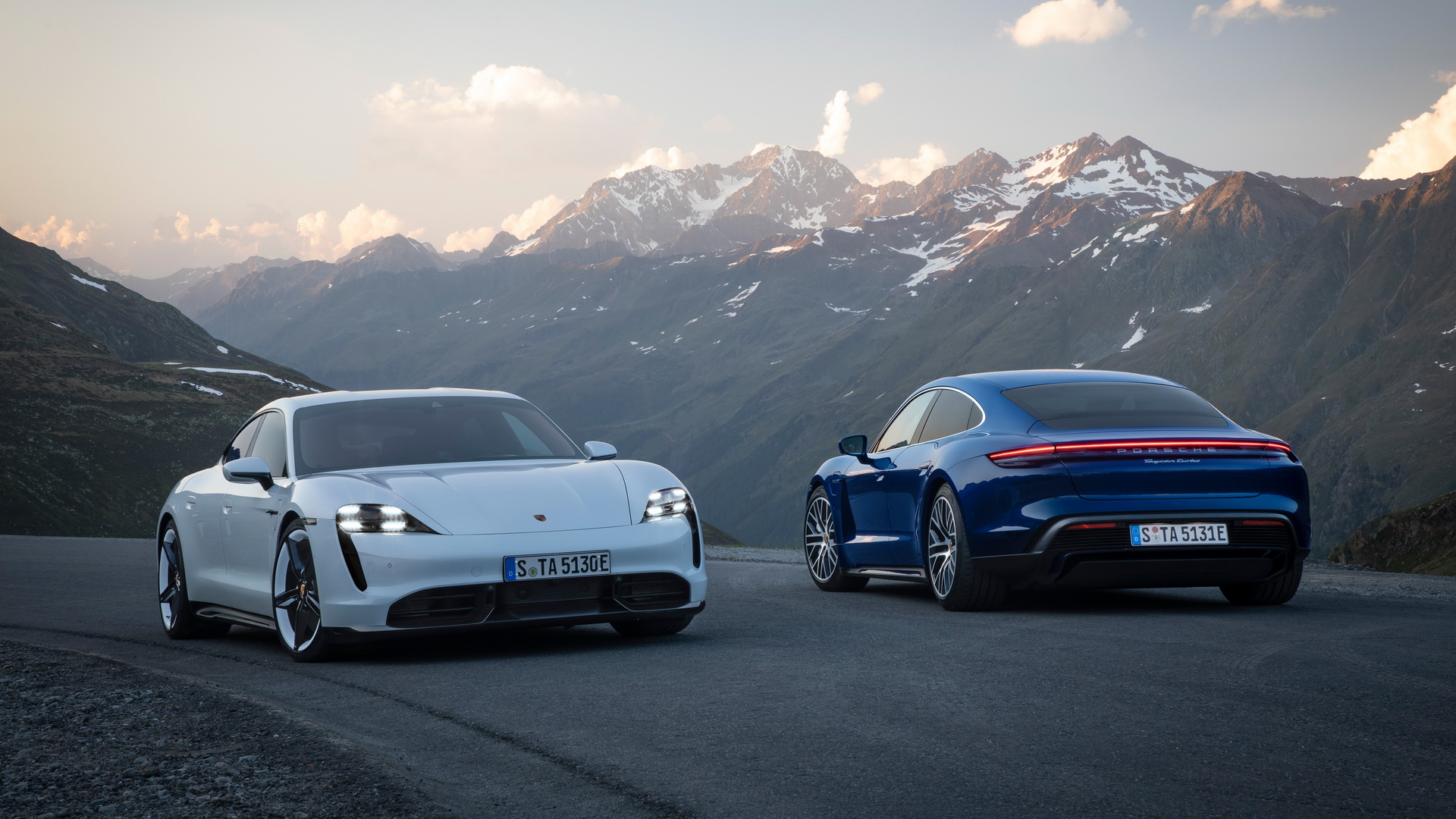Porsche unveiled the 2020 Taycan on Wednesday and the company isn’t wasting any time putting the highly anticipated model into production.
Starting on September 9th, the company’s Zuffenhausen factory will begin building the first customer cars. They’ll be pretty busy as Porsche received more than 30,000 pre-orders for the electric vehicle even before it was unveiled to the public.
The high demand is good news for Porsche as they’ve invested millions into completely revamping the Zuffenhausen facility. As Porsche noted, this was their “largest construction project since the Zuffenhausen plant was first established.”
Construction started in late 2015 and involved “several individual subprojects, each itself with considerable scope.” The end result is a so-called “factory inside a factory” as the Taycan project involved the construction of a new paint and body shop, a plant for the production of electric motors and components as well as a new vehicle assembly hall. The buildings span over 1,829,865 square feet (170,000 square meters) and were constructed using 38,581 tons (35,000 tonnes) of steel. Porsche said the latter figure is enough to build 140,000 coupe bodies for the previous-generation 911.
Besides the impressive size, the facility is eco-friendly as it’s a “Zero Impact Factory” that is CO2 neutral. This was achieved by using renewable energy, electric logistics vehicles and the use of waste heat in the paint shop – among other things.
Also Read: Porsche Taycan Unveiled In Turbo And Turbo S Spec With Up To 750 HP
As a refresher, the Taycan Turbo and Turbo S have a 93.4 kWh battery that powers two electric motors. In the Turbo, they produce up to 671 hp (500 kW / 680 PS). This enables the car to accelerate from 0-62 mph (0-100 km/h) in 3.2 seconds, before hitting a top speed of 162 mph (260 km/h). The model can also travel up to 280 miles (450 km) on a single charge.
The Taycan Turbo S features more powerful motors that develop up to 751 hp (560 kW / 761 PS). Thanks to the extra oomph, the 0-62 mph (0-100 km/h) time is cut to 2.8 seconds. However, the top speed is still 162 mph (260 km/h) and the range drops to 256 miles (412 km).







